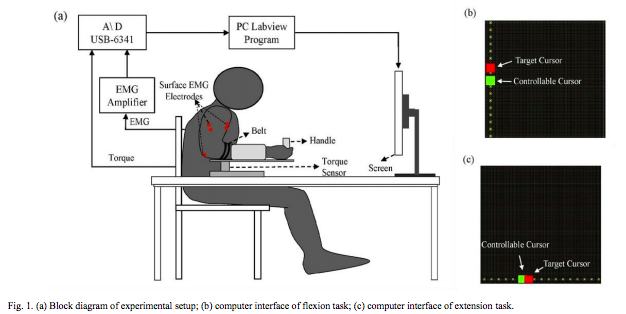Intermuscular coupling is essential in the coordination of agonist and antagonist muscles. However, its dynamic characteristics are not fully understood, especially the alterations of intermuscular coupling induced by stroke and aging. This study aimed to investigate the aging- and stroke-related changes in the global and instantaneous intermuscular coupling between agonist and antagonist muscles. In the experiment, 8 patients after stroke, 18 healthy young subjects and 10 healthy middle-aged subjects were recruited and instructed to finish the elbow flexion and extension tasks. Cross-fuzzy entropy (C-FuzzyEn) and instantaneous C-FuzzyEn (iC-FuzzyEn) based on a sliding window were used to analyze the global and instantaneous intermuscular coupling, respectively. Instantaneous FuzzyEn (i-FuzzyEn) based on a sliding window was also applied to investigate the dynamic complexity of the EMG segment. Pearson correlation analysis revealed that i-FuzzyEn values were negatively correlated with iC-FuzzyEn values in most cases, which implied that there was a positive correlation between EMG complexity and intermuscular coupling. The C-FuzzyEn values between agonist and antagonist muscles increased significantly in both tasks of the patients after stroke than those of the healthy subjects (p<0.05), which might be due to the decrease in intermuscular coupling induced by the damage of the corticospinal pathways after stroke. The combined application of C-FuzzyEn, iC-FuzzyEn and i-FuzzyEn provides a more comprehensive understanding of the global and instantaneous intermuscular coupling.

